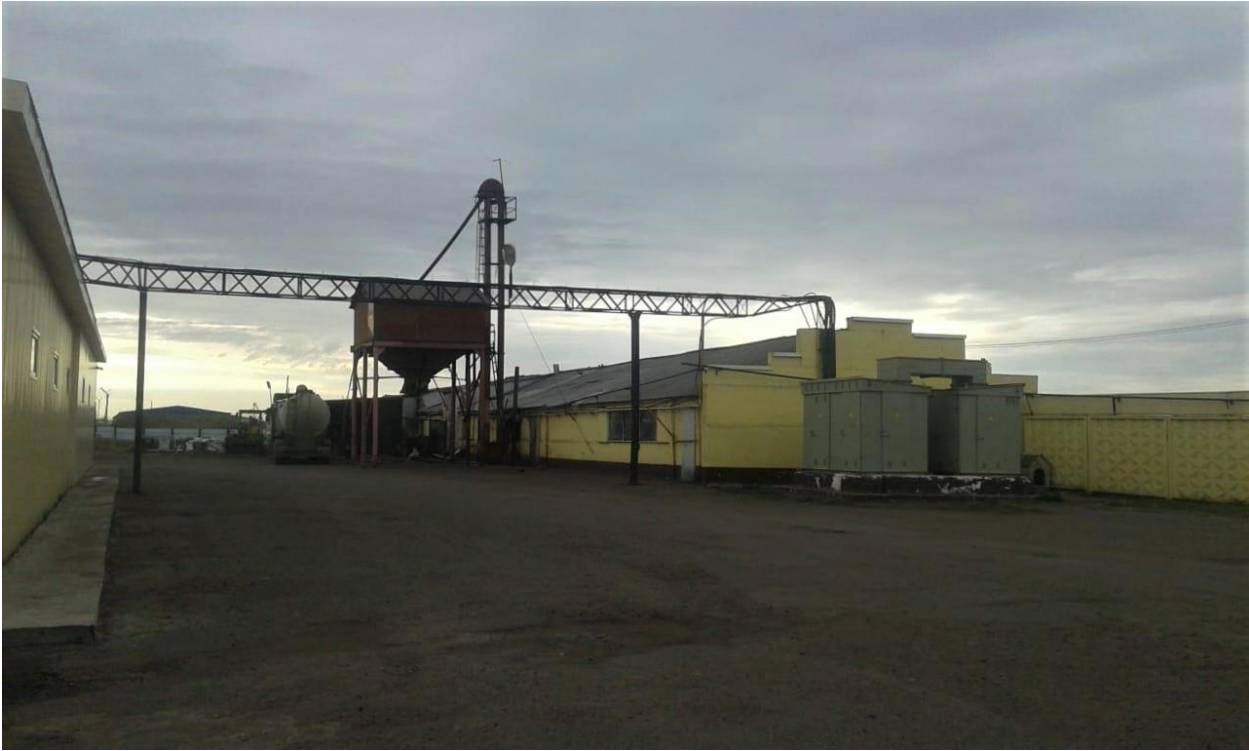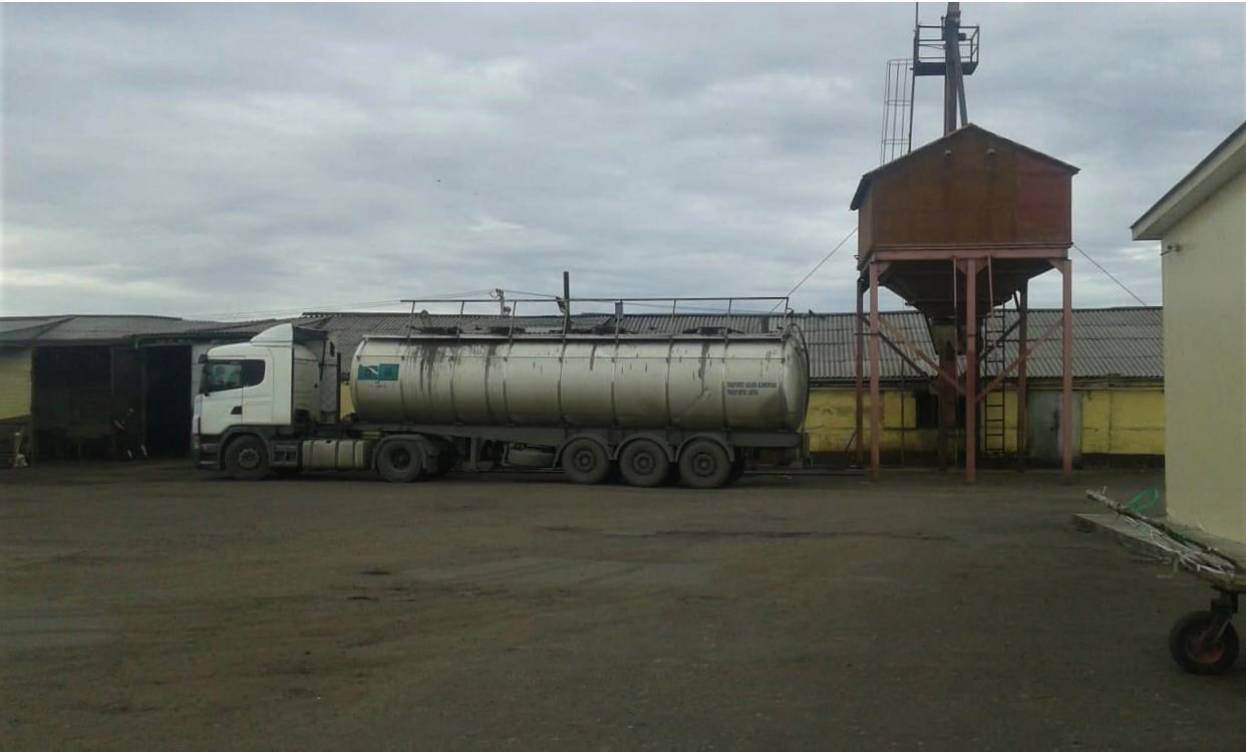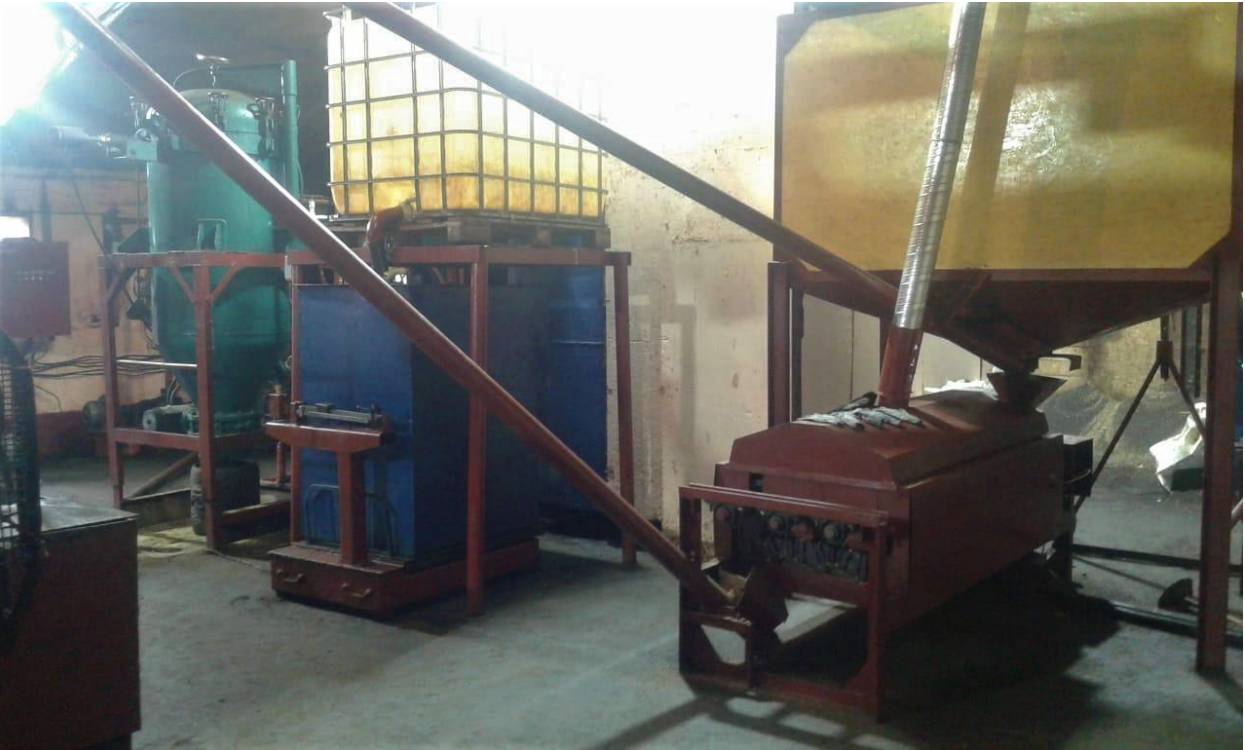OIL PRODUCTION
Our enterprise, based on an oil plant, produces more than 20,000 tons per year of unfiltered, unrefined rapeseed, linseed and other types of oils from oilseeds. Most of our products are sent in bulk for export to China. For the production of oils (rapeseed, linseed, sunflower, mustard) from seeds of various oilseeds, our company has installed a production line for processing seeds , which consists of the following sections:
1.Area for the preparation of rapeseed
2. Press area:
-single pressing (primary pressing)
- double pressing (secondary pressing)
3. Участок очистки масла:
-Oil purification section:
- primary oil filter / Primary oil purification line (based on a vertical pressure filter) - used for preliminary oil filtration. The oil is cleared of suspended particles, mucus.
- vacuum filtration /
The M8-KFM vacuum filtration complex is used for final oil filtration, wax removal and oil polishing.
4.Finished product collection area:
- containers for storing various types of oils
- oil pumps for filling finished products into containers or tanks
The principle of operation of the complex
Processed raw materials must comply with the requirements of GOSTs for weediness, humidity, and other parameters. Rapeseeds, previously cleaned and dried if necessary, are delivered to the seed preparation area, where the seeds are crushed (flattened) on a roller grain crusher. The resulting mint goes to the pressing area. On the inactivator, the pulp is heated to the required temperature, softened, compacted and simultaneously fed through the flow separator to the pre-press.
The material being pressed by the screw shaft moves through the free space between the zeerny cylinder and the screw shaft, completely filling it and the entire free volume of the channel. The compression of the oilseed, when it moves along the grain cylinder, is achieved by a consistent decrease in the free volume of the pressing path. The pressure arises from the side walls of the flights as a result of the retaining action of the material particles moved from the previous screw flight with a large free volume. Under pressure, the liquid part (oil) is separated from the compressed mint, and the solid particles are compressed into a cake.
When the mint is compressed, the gaps between the particles decrease, which leads to squeezing out the oil. With a significant compaction of the particles themselves (their deformation and fusion), the main amount of oil is squeezed out. The oil passes through the gaps in the grain cylinder, collects on a pallet and drains into the oil sump, from which it is subsequently pumped to technological tanks (crude oil tanks) using a pumping station.
The cake, poured out of the presses, enters the conveyor for collecting and supplying the cake for secondary pressing. The cake, getting into the press of the final oil extraction, where, with the help of pressure and additional compression of the cake, another part of the oil is separated, and the remaining solid particles are compressed and come out in the form of cake. The oil passes through the gaps in the grain cylinder, collects on a pallet and drains into the oil sump, from which it is subsequently pumped to technological tanks (crude oil tanks) using a pumping station.
The cake that spills out of the press is removed to the storage warehouse. The obtained pressing oil from the process tanks is supplied to the oil purification section.
The oil is cleaned from suspended particles, mechanical impurities, fuzes, mucus, etc. After filtration, the oil enters the process tank (filtered oil tank).
Cold-pressed rapeseed oil is called "raw", because after pressing it is only settled and filtered. Such a product has high taste and nutritional properties.





